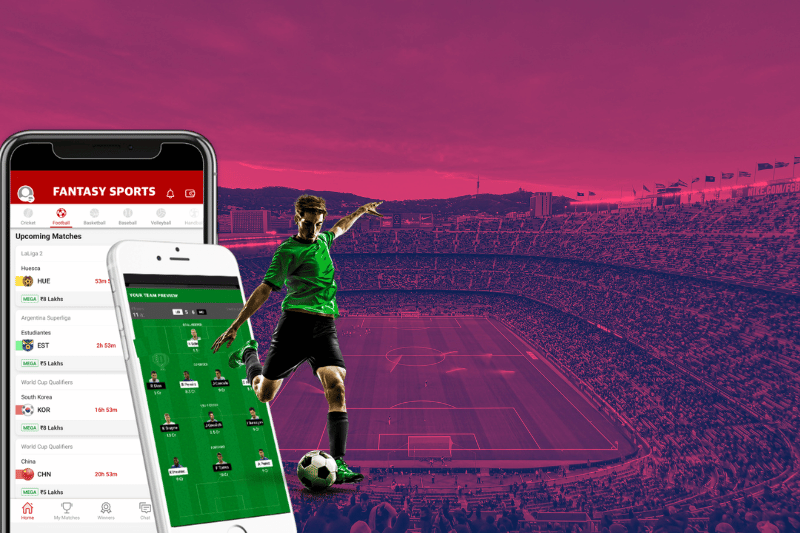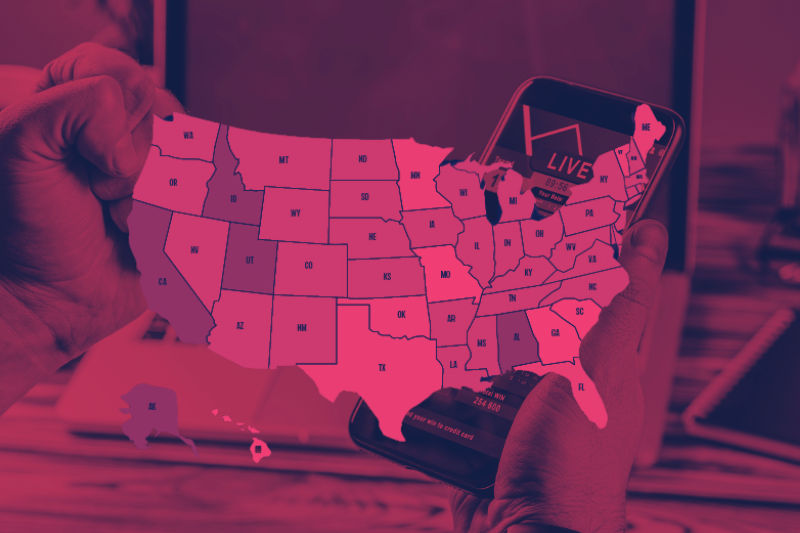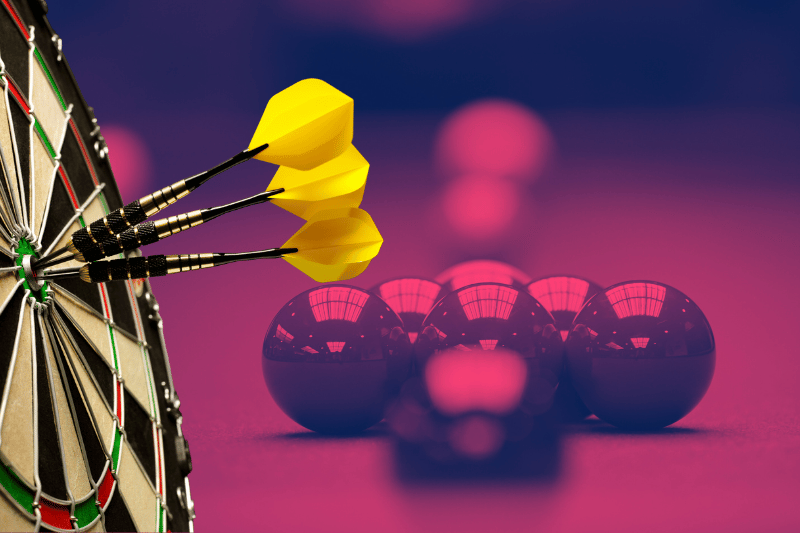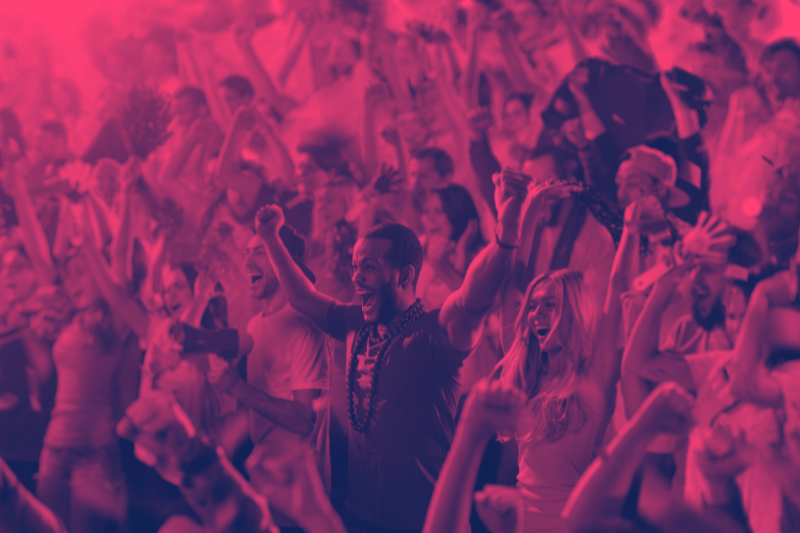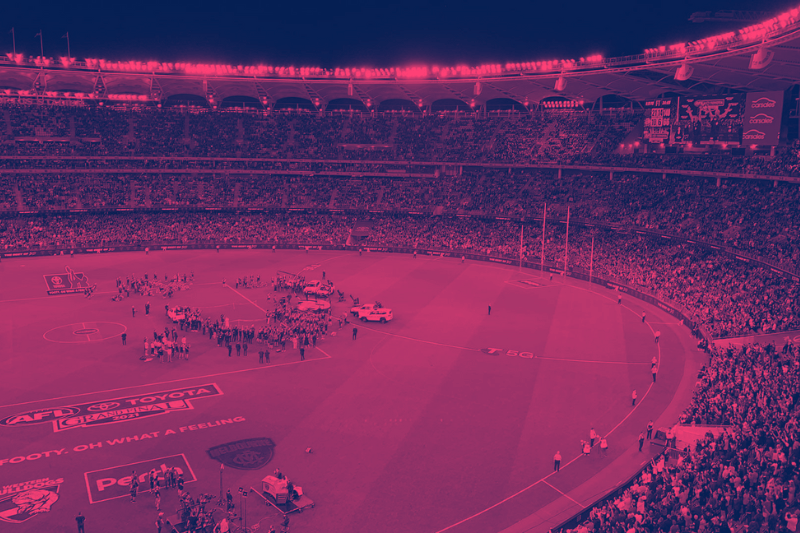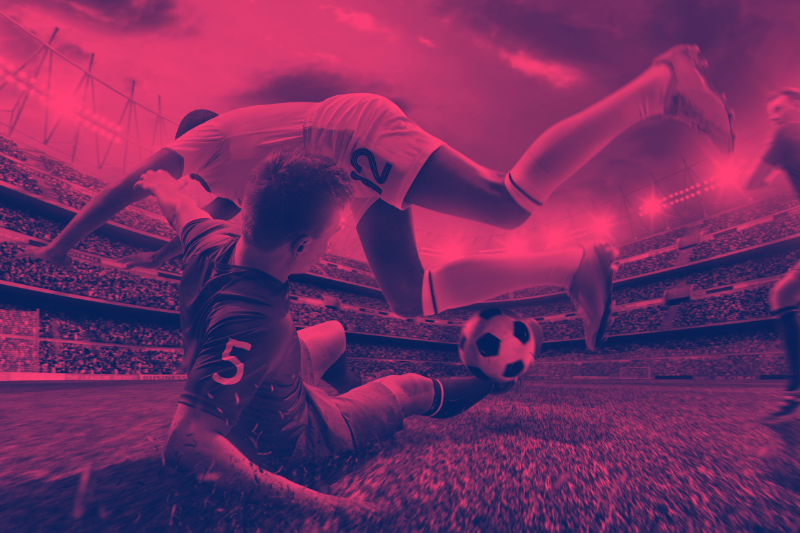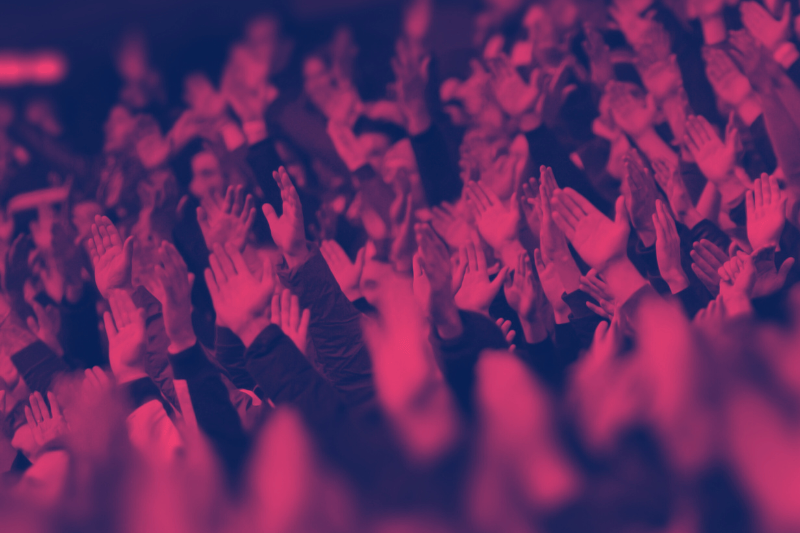Augmented reality’s application has pushed past its previous conceptions and has tremendously increased in its scope. In the Sports world, augmented reality is being used to keep a track of player performance. Sports broadcasters and streaming platforms are always out on the hunt for new ways to keep customers hooked with real-time stats and scores. Data Sports Groups combines the use of Artificial Intelligence (AI) and Machine Learning (ML) to harness the real potential of data.
With the help of AI, Sports data solutions are readily available to solve age-old problems and to collect the most relevant and extract specific metadata as well. 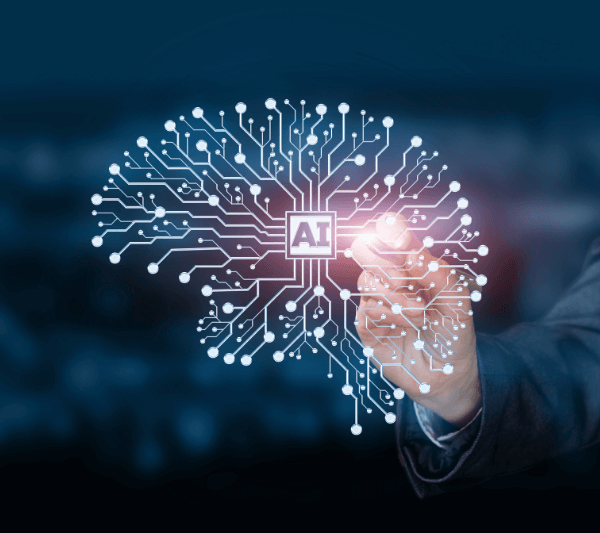
With the help of AI Data Sports Group can boost your organization's viewership across platforms, as well as help in revenue generation.
Data Sports Group is able to surpass its competition by coming up with an AI-based technique that enhances camera calibration making it fast and flexible.
The ability to provide sports data feed with crisp and ball to ball accurateness is possible with the visual tracking systems but an AR system is being used by broadcasters to make the viewing experience more engaging. To understand the AR use in its perfect sense you could compare it with Virtual 3 viewing in basketball and NFL’s First Down Line.
Sports data analytics companies can provide an enhanced view with the help of high-quality camera calibration which was otherwise restricted by already-calibrated, or fixed cameras.
Though the use of such cameras is impossible in crowded areas like basketball matches. Data Sports Group has worked on this limitation, guided by research, an innovative neural network is devised to combine the use of semantic division, camera position initialization, and lastly homography refinement to form one network architecture. Thus, minimizing the lag in making the live broadcast available for consumption,
the inference time is reduced to a mind-boggling 4 milliseconds. The solution is flexible and can be implementedin previously challenging areas like basketball or a slow environment like soccer. Thus overall, the whole sports community could undergo a revolution where previously sporting events required many cameras to get a detailed picture of the player’s performance. Now the number of cameras would be limited since their calibration capabilities are increased and overall it would help create more sports data stats by improving its insight.






